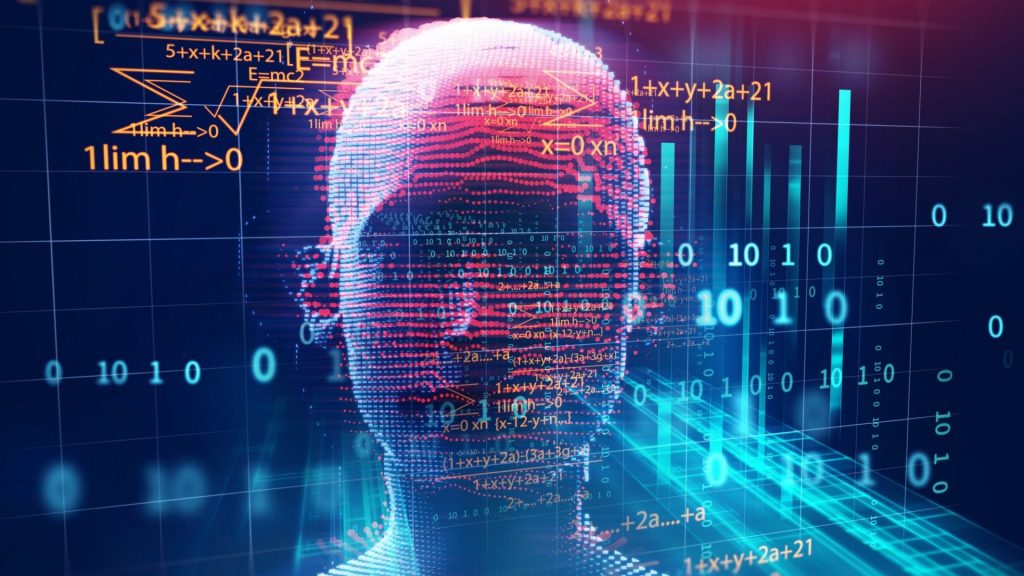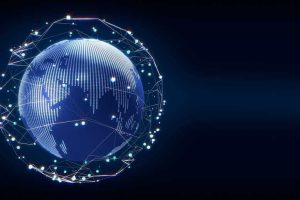
In an era dominated by technological advancements, the integration of artificial intelligence (AI) into various aspects of our lives is inevitable. One of the areas where AI has made significant strides is education. Proponents argue that AI has the potential to revolutionize learning, making it more personalized and efficient. However, it is crucial to critically examine the potential consequences. This article contends that the use of AI in education, while promising in some aspects, will ultimately have an overall negative impact on the educational landscape.
Promise of AI in Education
Advocates of AI in education tout its ability to personalize learning experiences for students. AI algorithms can analyze individual learning patterns, adapting instructional materials and pace to suit each student’s needs. Proponents argue that this level of personalization can address the diverse learning styles within a classroom, ensuring that no student is left behind.
Moreover, AI promises to automate routine tasks, freeing up educators’ time to focus on more meaningful interactions with students. AI-driven systems can grade assignments, track progress, and identify areas where students may need additional support. This, proponents argue, allows teachers to become facilitators of learning rather than mere disseminators of information.
Potential Consequences of AI in Education
One of the major concerns associated with AI in education is the potential exacerbation of existing inequalities. Access to AI-driven educational tools and resources may not be uniform, leading to a digital divide. Students from lower-income backgrounds may lack the necessary technology or internet access to fully benefit from AI-enhanced learning experiences. This creates a scenario where, instead of bridging educational gaps, AI could inadvertently widen disparities, perpetuating inequality in access to quality education.
One particular concern is a risk of overreliance on technology in the educational process. Depending too heavily on AI for teaching and assessment may undermine the development of critical thinking skills and creativity in students. Rote learning, standardized assessments, and algorithm-driven content may limit the cultivation of independent thought and problem-solving abilities, hindering the overall educational experience.
There is also the issue that AI systems may struggle to adapt to the unique contextual factors present in diverse educational settings. Educational environments vary widely, and factors such as cultural nuances, local challenges, and individual student needs may not be fully addressed by standardized AI algorithms. This lack of adaptability to context may result in the imposition of one-size-fits-all solutions, overlooking the importance of tailoring educational approaches to specific situations.
Additionally, as AI takes over routine tasks such as grading and administrative duties, there is a potential risk of job displacement within the education sector. While AI can automate certain aspects of education, it cannot replace the multifaceted role of educators, including mentorship, emotional support, and adapting to the unique needs of individual students. The reduction in demand for certain roles may lead to job insecurity for educators, affecting the quality of education as experienced and dedicated teachers may leave the profession. This is also most likely to negatively impact the less fortunate members of society, who may not have access to human help outside of the classroom, or who may have a leaarning disability.
While the promises of AI in education are enticing, it is crucial to recognize and address the potential dark side. Careful consideration and proactive measures are necessary to mitigate the risks associated with the digital divide, overreliance on technology, job displacement, standardization, and the loss of human interaction, ensuring that AI integration in education aligns with the goal of fostering equitable, holistic, and adaptive learning environments.
Ethical Quandaries
The collection and analysis of extensive student data for personalized learning are central to AI’s role in education. However, this process raises profound concerns about privacy and data security. As educational institutions and AI systems accumulate vast amounts of sensitive information about students, questions arise regarding who owns this data and how it is used. Students and their families may be unaware of how their information is utilized beyond the immediate educational context. Transparent policies on data ownership and strict guidelines for its use must be established to ensure that students’ personal information is not exploited for unintended purposes, such as targeted advertising or profiling. Striking the right balance between utilizing data for educational purposes and safeguarding individuals’ privacy becomes a critical ethical challenge.
The opacity of AI algorithms and their training data poses another significant ethical dilemma. When algorithms operate as “black boxes,” it becomes challenging for students, educators, and even policymakers to understand how decisions are made. It is also known that AI systems are only as unbiased as the data on which they are trained. If historical biases exist in the training data, AI algorithms may inadvertently perpetuate and even exacerbate existing inequalities. This introduces ethical concerns about the potential for discriminatory outcomes, disproportionately affecting certain demographic groups. Striving for fairness and inclusivity in AI systems requires ongoing scrutiny and proactive measures to address bias in both the data and the algorithms themselves. This overall lack of transparency raises questions about accountability and the potential for biased outcomes. Efforts need to be made to demystify these algorithms, ensuring that their inner workings are comprehensible and that they adhere to ethical standards.
Ethical considerations extend beyond the initial implementation of AI in education to include ongoing monitoring and oversight. Establishing mechanisms for regular evaluations and audits of AI systems can help identify and rectify any emerging ethical concerns. This ongoing scrutiny ensures that AI remains a tool for positive educational transformation rather than a source of unintended harm. Education stakeholders must work towards establishing a framework that prioritizes responsible AI use, upholds privacy rights, and ensures equity and fairness in the learning environment. Balancing technological innovation with ethical considerations is essential for the sustainable and positive integration of AI in education.
Loss of the Human Element
Education is not solely about the transmission of information; it involves mentorship and inspiration. Teachers, with their wealth of experience and passion for their subjects, play a pivotal role in guiding students on their academic journeys. The human element in education fosters a sense of mentorship, where teachers can inspire students to explore their interests, think critically, and pursue their goals. AI lacks the personal touch and intuitive understanding required for such a relationship.
Human interaction in the classroom also fosters empathy, emotional intelligence, and social skills. Teachers can discern students’ individual needs, providing emotional support and guidance, and can adapt their teaching styles accordingly. They can recognize when a student may require additional explanation, encouragement, or a different approach to grasp a concept. AI, while capable of personalization to some extent, may struggle to capture the intricacies of each student’s learning journey. The dynamic and adaptive nature of human teaching is difficult to replicate through algorithms alone.
Thus, while AI can offer valuable support in various educational tasks, it should be viewed as a tool to complement, not replace, the irreplaceable human touch in teaching. Striking a balance between technological advancements and preserving the human element in education is essential for creating a learning environment that nurtures not just academic growth but also the holistic development of students.
Conclusion
The integration of AI in education holds both promise and peril. While proponents laud its potential for personalized learning and efficiency, it is crucial to consider the broader implications. The risk of widening educational inequalities, the loss of essential human skills, ethical concerns, and the potential erosion of the human element in education are significant drawbacks. Instead of blindly embracing AI in education, we must proceed with caution, ensuring that its implementation is guided by ethical principles and a commitment to equity. The future of education should be a harmonious blend of technological advancements and human touch, with a focus on empowering educators and students alike. The goal should be to harness the benefits of AI while preserving the essence of education that makes it a profoundly human experience.


